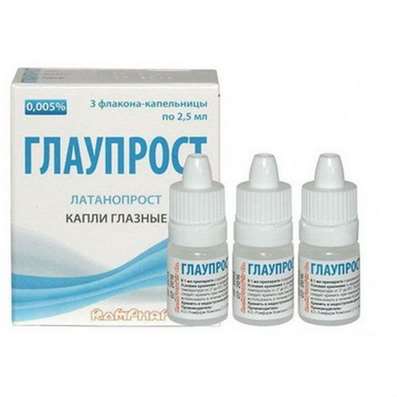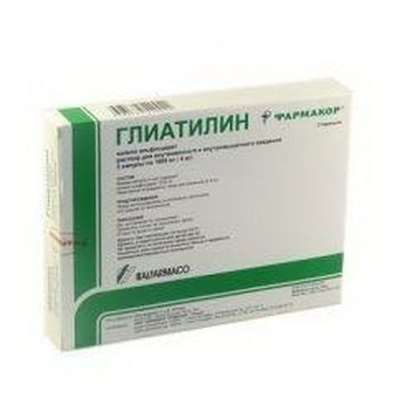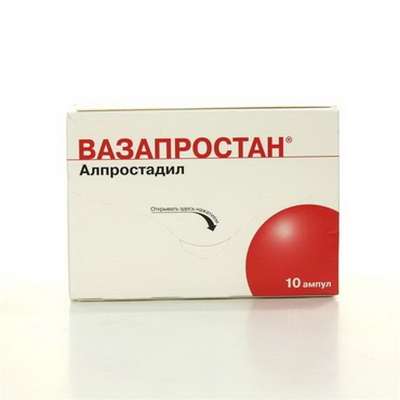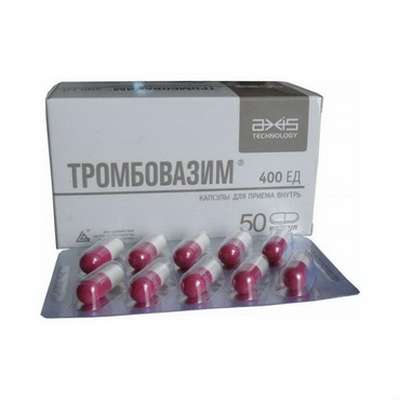Instruction for use: Anopyrin
I want this, give me price
Active substance Acetylsalicylic acid
ATX code N02BA51 Acetylsalicylic acid in combination with other drugs, except for psycholeptics
Pharmacological groups
NSAIDs - Salicylic acid derivatives in combinations
Nosological classification (ICD-10)
K13.7 Other and unspecified lesions of oral mucosa
Aspirin burn of the oral mucosa, Gum pain when wearing dentures, Inflammation of the mouth, Inflammation of the oral mucosa, Inflammation of the oral mucosa after radiation therapy, Inflammation of the oral mucosa after chemotherapy, Inflammation of the oral mucosa, Inflammation of the mucous membranes of the mouth, Inflammatory diseases of the oral cavity, Inflammatory process of pharynx, Disease of the oral mucosa, Injuries to the oral cavity and larynx, Injuries of the oral mucosa, Trophic diseases of the oral mucosa, Erosive-ulcerative periodontal disease, Erosive-ulcerative lesion of the oral mucosa, Erotic mucous membrane of the oral cavity, Erotic-ulcerative periodontal lesions, Erotic-ulcerative lesions of the oral mucosa, Radio-epileleitis, Irritation from dental prostheses, Irritation of the oral mucosa with dentures and braces, Oral cavity, When wearing dentures
M05 Seropositive rheumatoid arthritis
Rheumatoid arthritis seropositive
M25.5 Pain in the joint
Arthralgia, Pain syndrome in musculo-articular diseases, Pain syndrome in osteoarthritis, Pain syndrome in osteoarthritis, Pain syndrome in acute inflammatory diseases of the musculoskeletal system, Pain syndrome in chronic inflammatory diseases of the musculoskeletal system, Pain in the joints, Soreness of the joints, Soreness of joints in severe physical exertion, Painful inflammatory joint damage, Painful conditions of the musculoskeletal system, Painful joint conditions, Painful traumatic affection of joints, Pain in the musculoskeletal system, Pain in Shoulder Joints, Pain in the joints, Joint pain, Joint pain with injuries, Musculoskeletal pain, Pain with osteoarthritis, Pain in the pathology of the joints, Pain in rheumatoid arthritis, Pain in chronic degenerative bone diseases, Pain in chronic degenerative joint diseases, Bone-joint pain, Joint pain, Arthritic pain of rheumatic origin, Articular pain syndrome, Joint pain, Rheumatic pain, Rheumatic pains
M54.3 Sciatica
Ishialgia, Neuralgia of the sciatic nerve, Sciatic neuritis
M79.1 Myalgia
Myofascial pain syndromes ,Pain syndrome in musculo-articular diseases, Pain syndrome in chronic inflammatory diseases of the musculoskeletal system, Pain in the muscles, Tenderness of muscles, Muscular soreness in severe physical exertion, Painful conditions of the musculoskeletal system, Pain in the musculoskeletal system, Pain in the muscles, Pain at rest, Muscle aches, Muscle pain, Musculoskeletal pain, Myalgia, Muscle pain, Muscle pain at rest, Muscle pain, Muscular pain of non-rheumatic origin, Muscle pain of rheumatic origin, Acute muscle pain, Rheumatic pain, Rheumatic pains, Myofascial syndrome, Fibromyalgia
M79.2 Neurology and neuritis, unspecified
Pain syndrome with neuralgia, Brachialgia, Occipital and intercostal neuralgia, Neuralgia, Neuralgic pain, Neuralgia, Neuralgia of intercostal nerves,Neuralgia of the posterior tibial nerve, Neuritis, Neuritis traumatic, Neuritis, Neurological Pain Syndromes, Neurological contractures with spasms, Acute neuritis, Peripheral neuritis,Post-traumatic neuralgia,Severe pain of a neurogenic nature, Chronic neuritis, Essential neuralgia
R50 Fever of unknown origin
Malignant hyperthermia, Hyperthermia malignant
R51 Headache
Pain in the head, Cephalgia, Pain with sinusitis, Pain in the back of the head, Painful headache, Headache of vasomotor genesis, Headache of vasomotor origin, Headache with vasomotor disorders, Headache, Neurological headache, Serial headache
R52.2 Other constant pain
Pain syndrome, rheumatic origin, Pain at vertebral lesions, Pain in the chamber, Pain for burns, Pain syndrome weak or moderate, Perioperative pain,Moderate to severe pain, Moderately or weakly expressed pain syndrome, Moderate to severe pain, Ear pain of otitis, Neuropathic pain, neuropathic pain
R68.8 Other specified general symptoms and signs
Toxemia
Composition and form of release
1 tablet contains acetylsalicylic acid 400 mg, as well as calcium carbonate 111 mg and glycine 100 mg as buffer substances; in the blister 10 pcs., in the box 1 blister.
pharmachologic effect
Pharmacological action - anti-inflammatory, antipyretic, analgesic, antacid, gastroprotective.
Inactivates cyclooxygenase, disrupts the synthesis of PG (prostaglandins), prostacyclin and thromboxane. This causes a decrease in pyrogenic effects on the centers of thermoregulation and sensitizing on the nerve endings, leading to an increase in pain sensitivity thresholds. Inhibits platelet aggregation (due to inhibition of synthesis of thromboxane A2).
Pharmacokinetics
Well absorbed in the digestive tract. Cmax total salicylate in plasma is achieved after 2 hours. Binding to plasma proteins - 80-90%. Metabolized in the liver, metabolites are excreted in the urine.
Clinical Pharmacology
The application of so-called buffer tablets reduces the likelihood of undesirable reactions from the gastrointestinal tract (gastrointestinal tract).
Indication of Anopyrin
Pain (headache, dental, muscular, articular, lumbar, neuralgia) and febrile conditions, especially with acute respiratory diseases, rheumatism.
Contraindications
Hypersensitivity, hemorrhagic diathesis, surgical interventions associated with significant bleeding, peptic ulcer, bronchial asthma, gout.
Side effects
Dyspeptic phenomena, increased bleeding, hidden bleeding in the gastrointestinal tract, hypochromic anemia, hematopoiesis, papillary necrosis of the kidneys, liver damage, Reye syndrome in children, allergic reactions.
Interaction
Strengthens the effect of indirect anticoagulants, methotrexate, barbiturates, oral hypoglycemic agents, antibiotics, ulcerogenic effects of corticosteroids, pyrazolones, reduces diuretics, blood levels of vitamin C. Anopyrin action increases antacids, substances that acidify urine, anticoagulants, PASK, procaine; reduce - barbiturates, corticosteroids, cholestyramine, substances, alkalinizing urine. Incompatible with alcohol.
Dosing and Administration
Inside, pre-dissolve in a small amount of water - 400-800 mg 2-3 times a day, but not more than 6 g; children from 1 to 6 years - 150-200 mg, from 6 to 15 years - 250-500 mg 3 times a day. With acute rheumatism - 100 mg / kg / day in 5-6 receptions.
Overdose
A typical symptom is hyperventilation (Kussmaul's breathing).
Precautionary measures
With a long appointment, you need to monitor the blood picture and take into account the possibility of latent bleeding.
storage Conditions
In a dry place, at a temperature of 15-25 ° C.
Keep out of the reach of children.
Shelf life
2 years.
Do not use after the expiry date printed on the package.

 Cart
Cart





